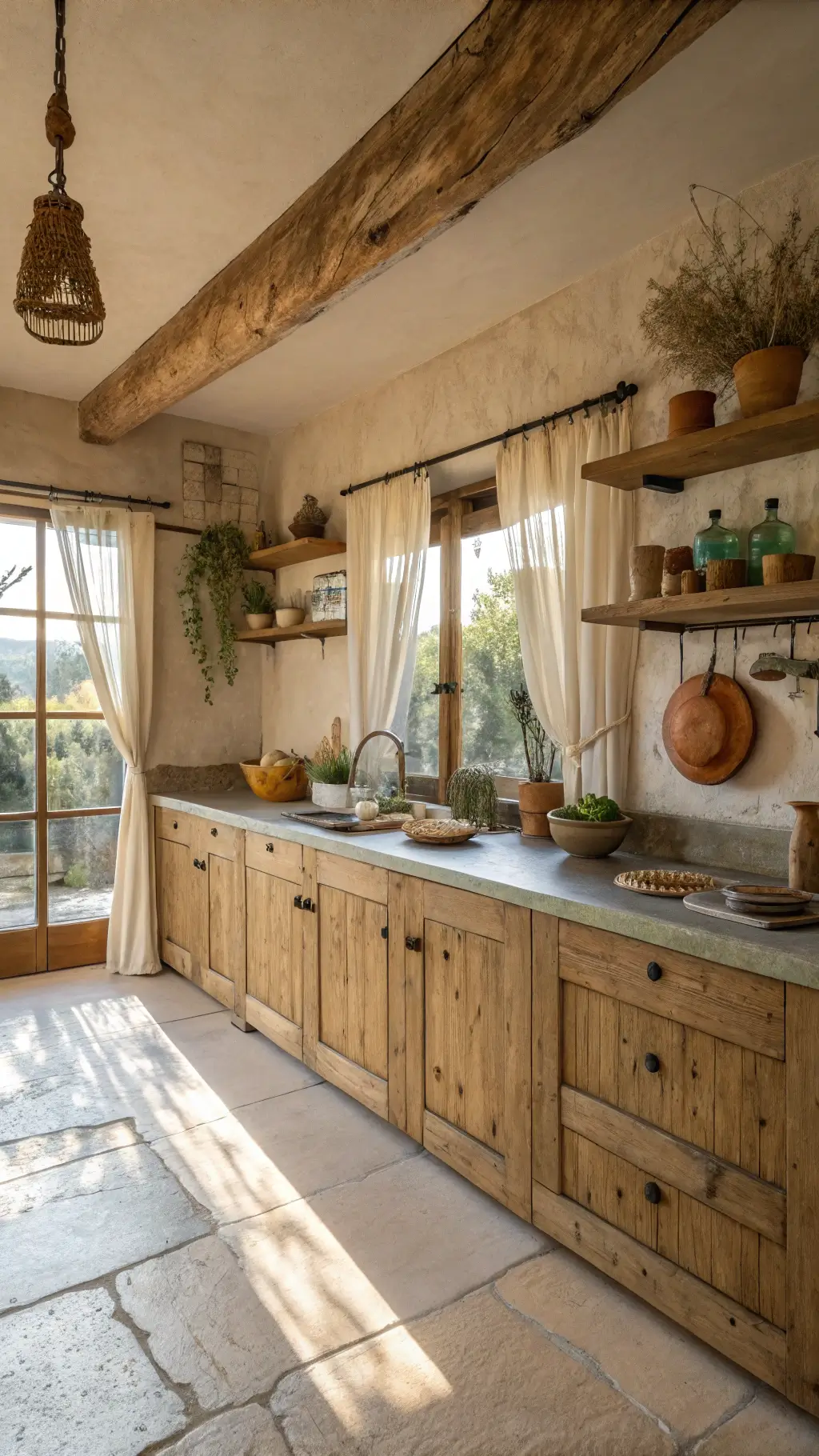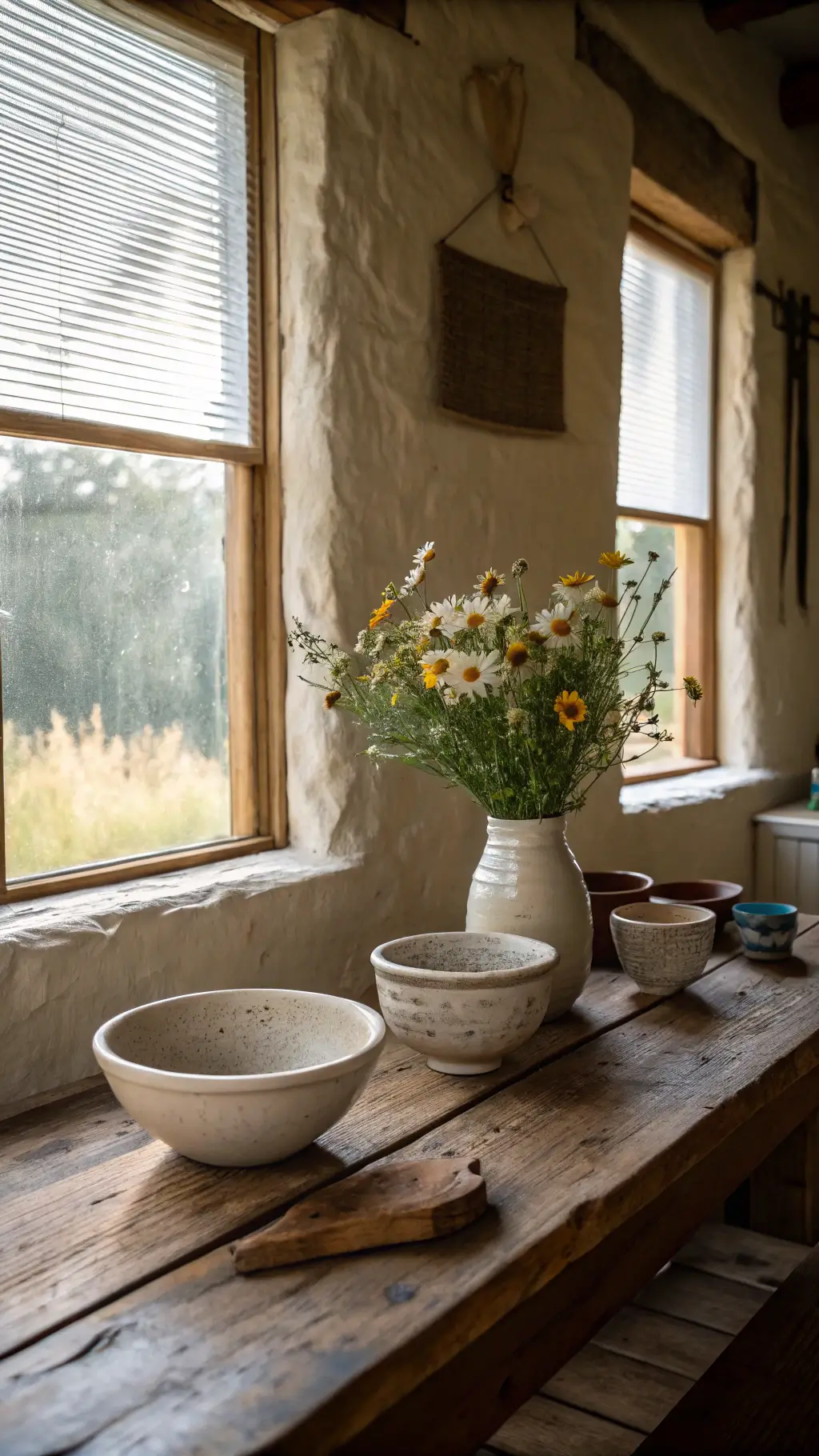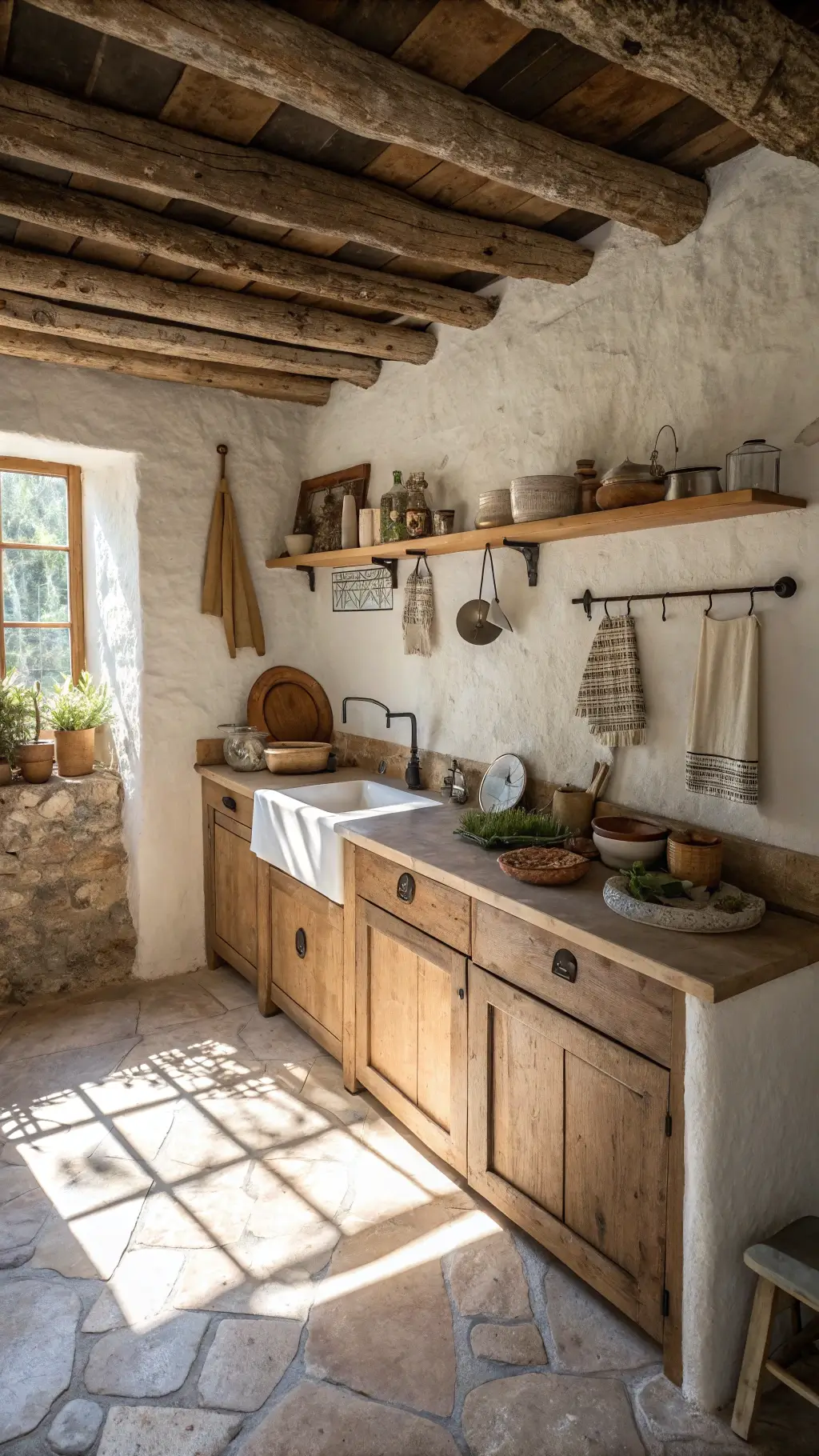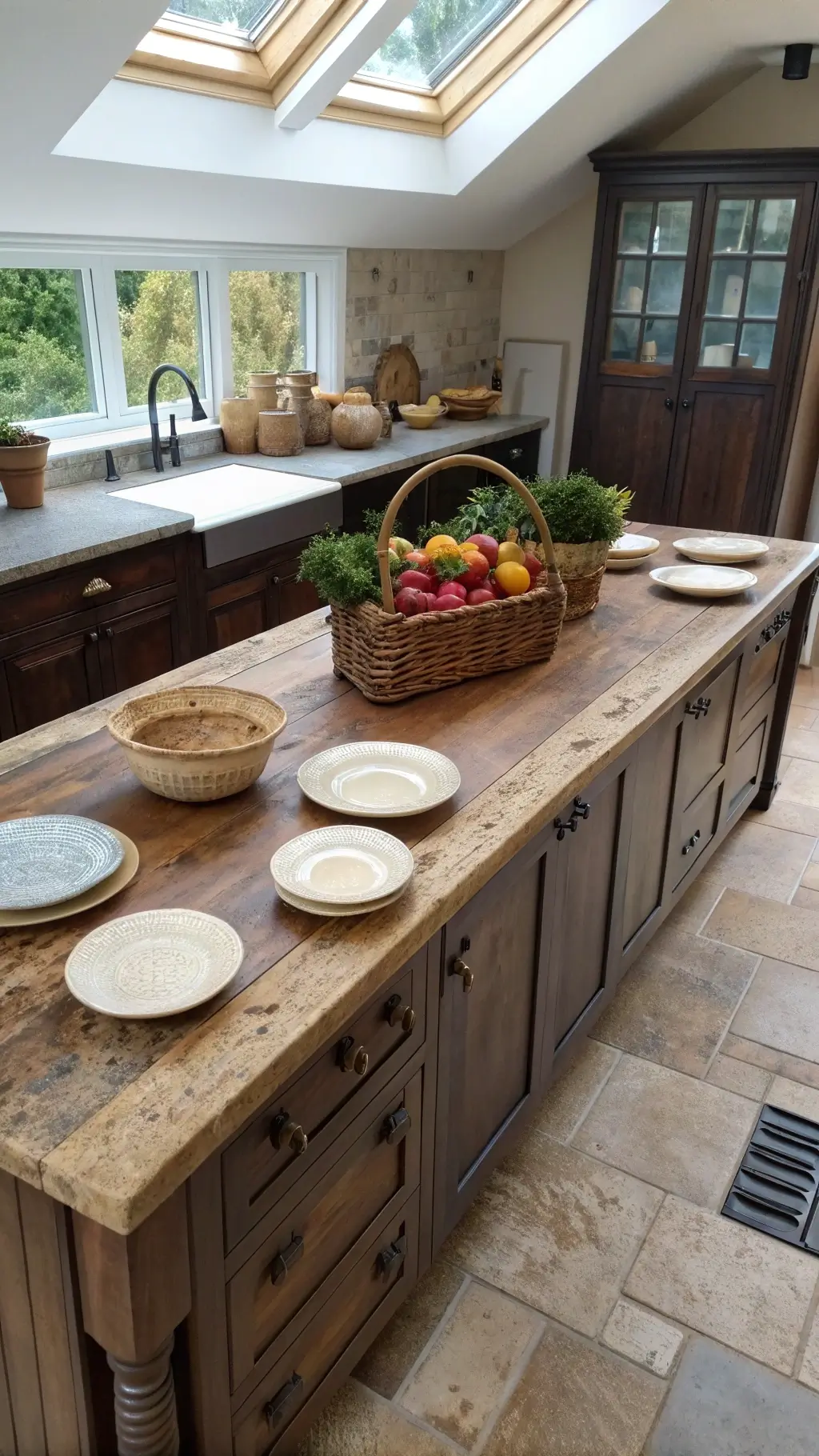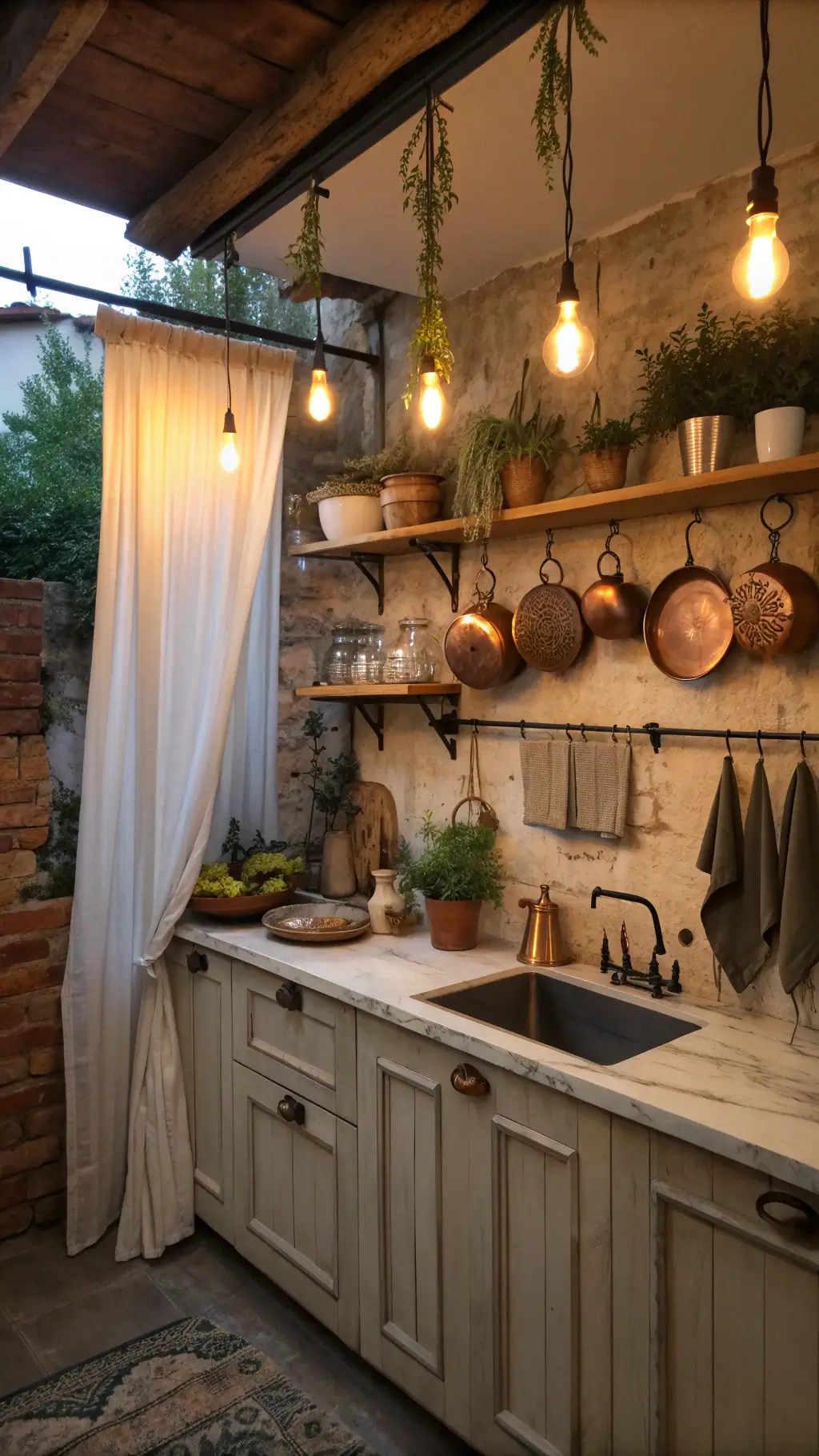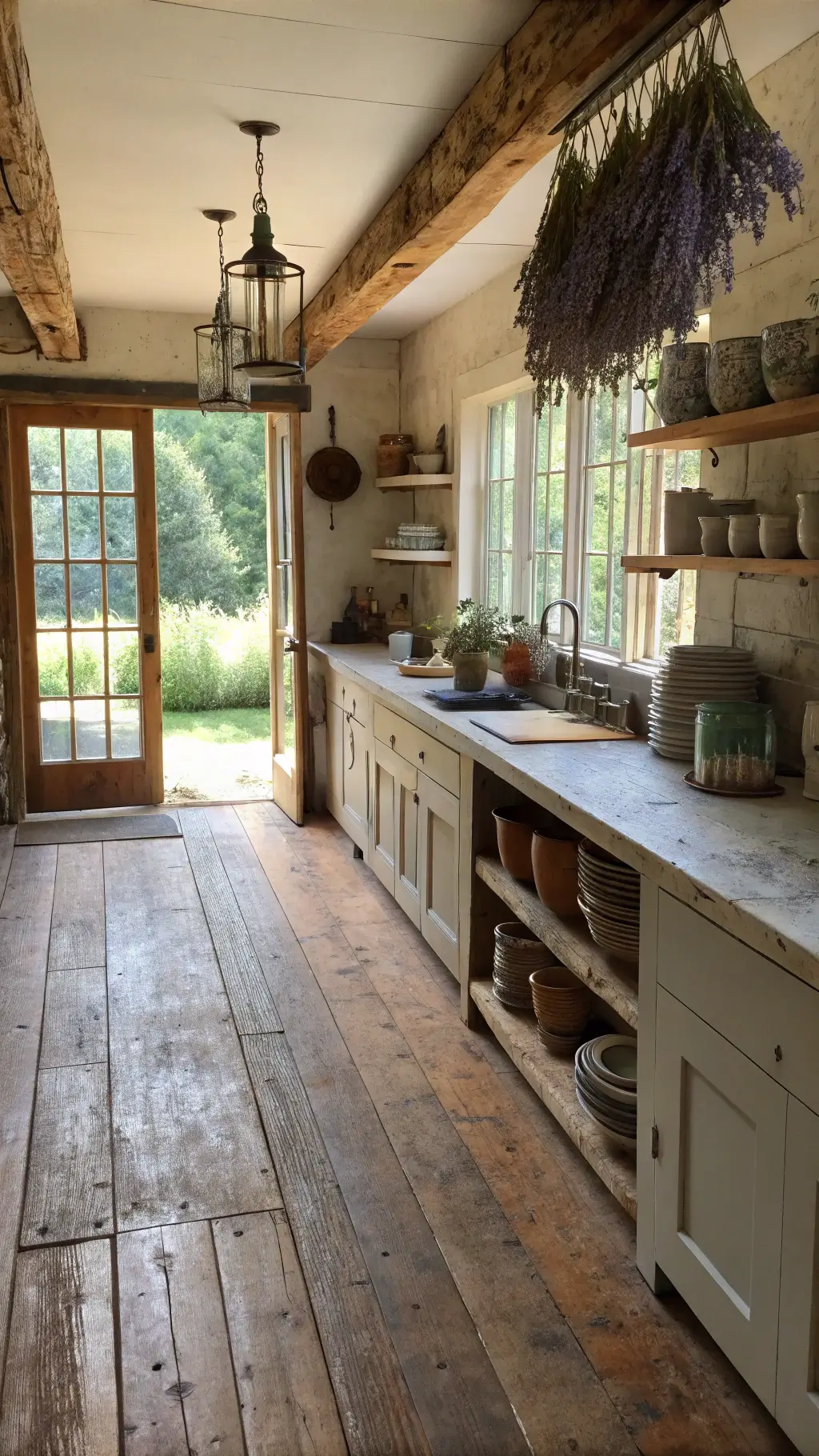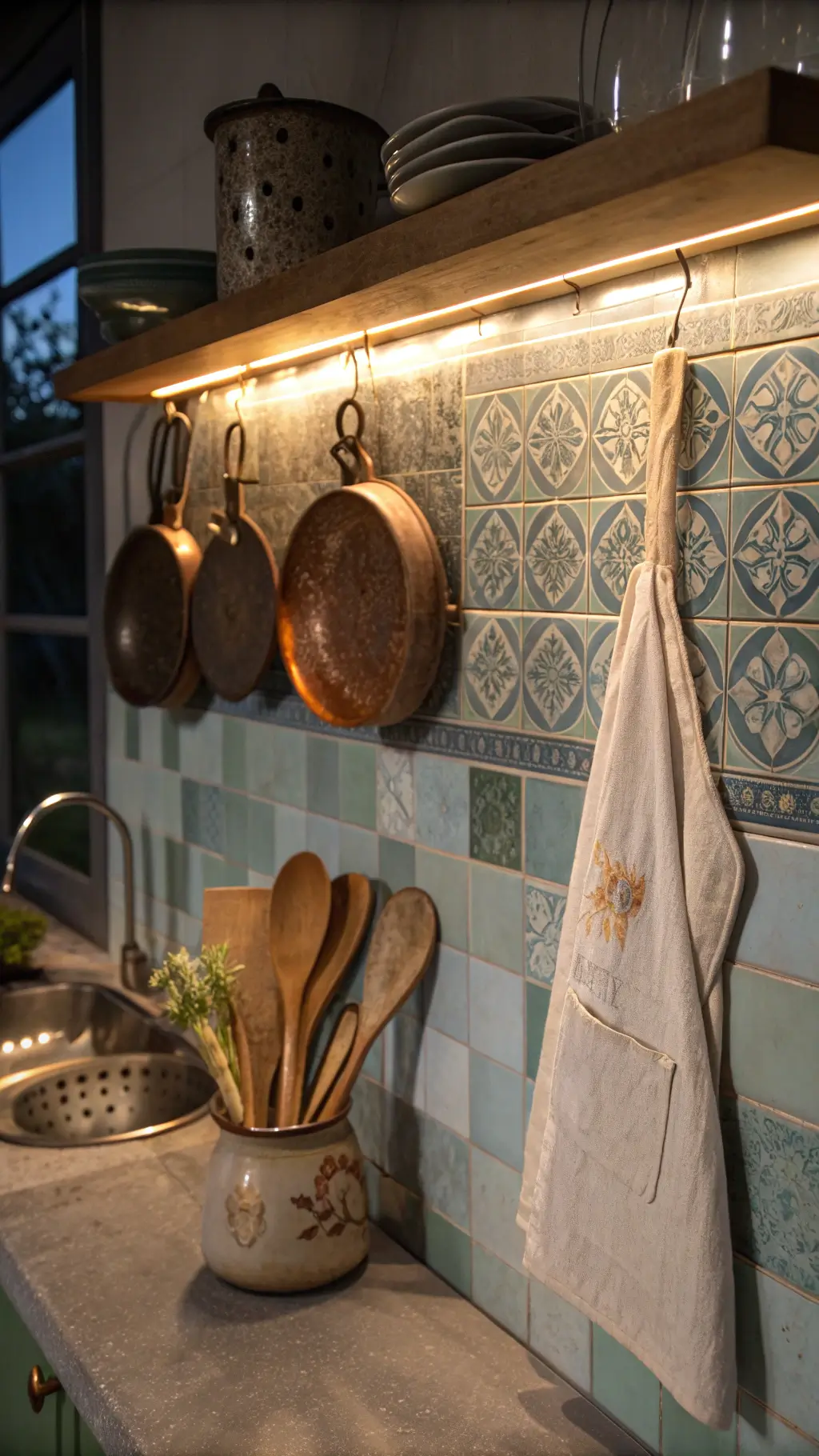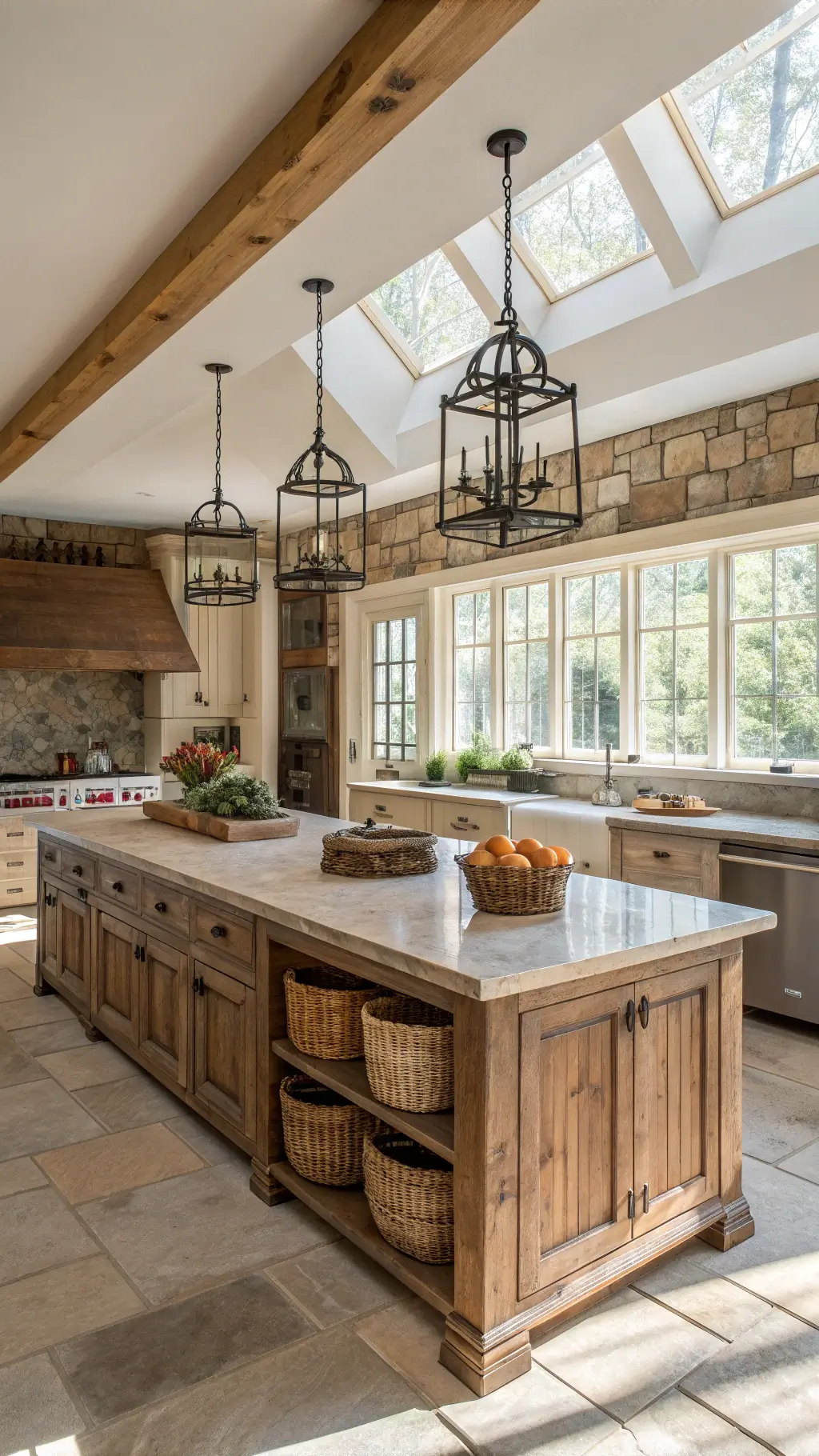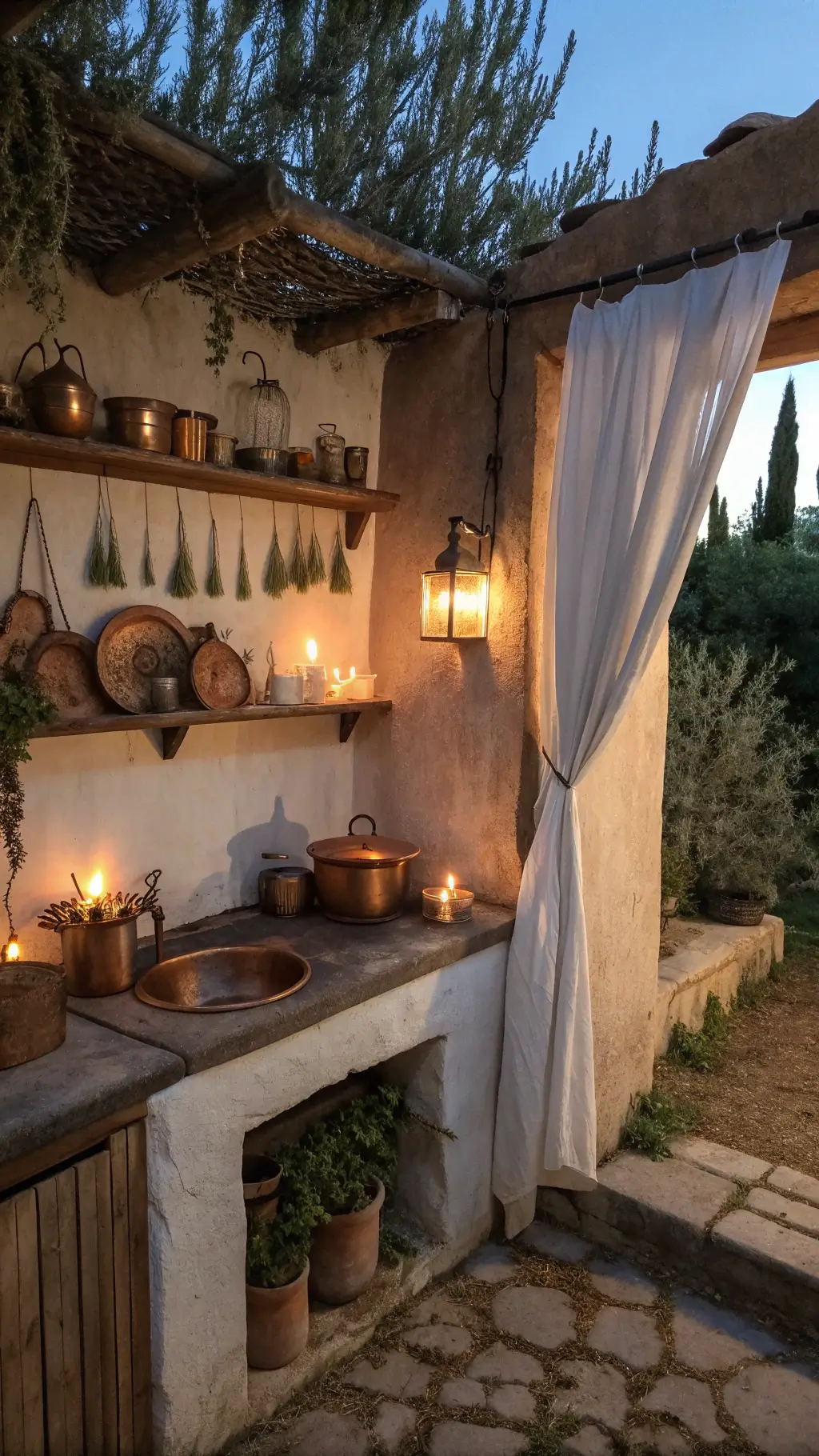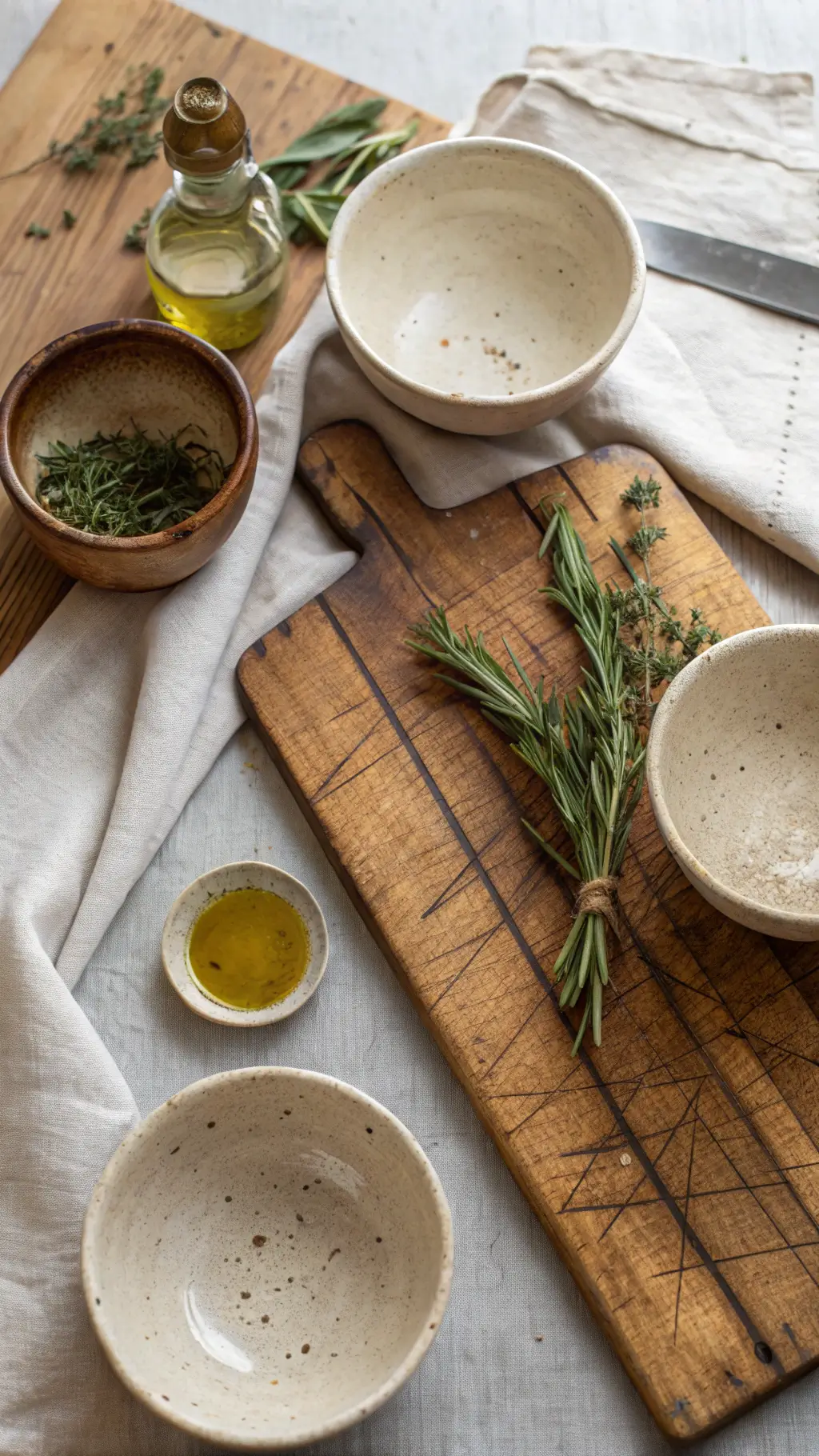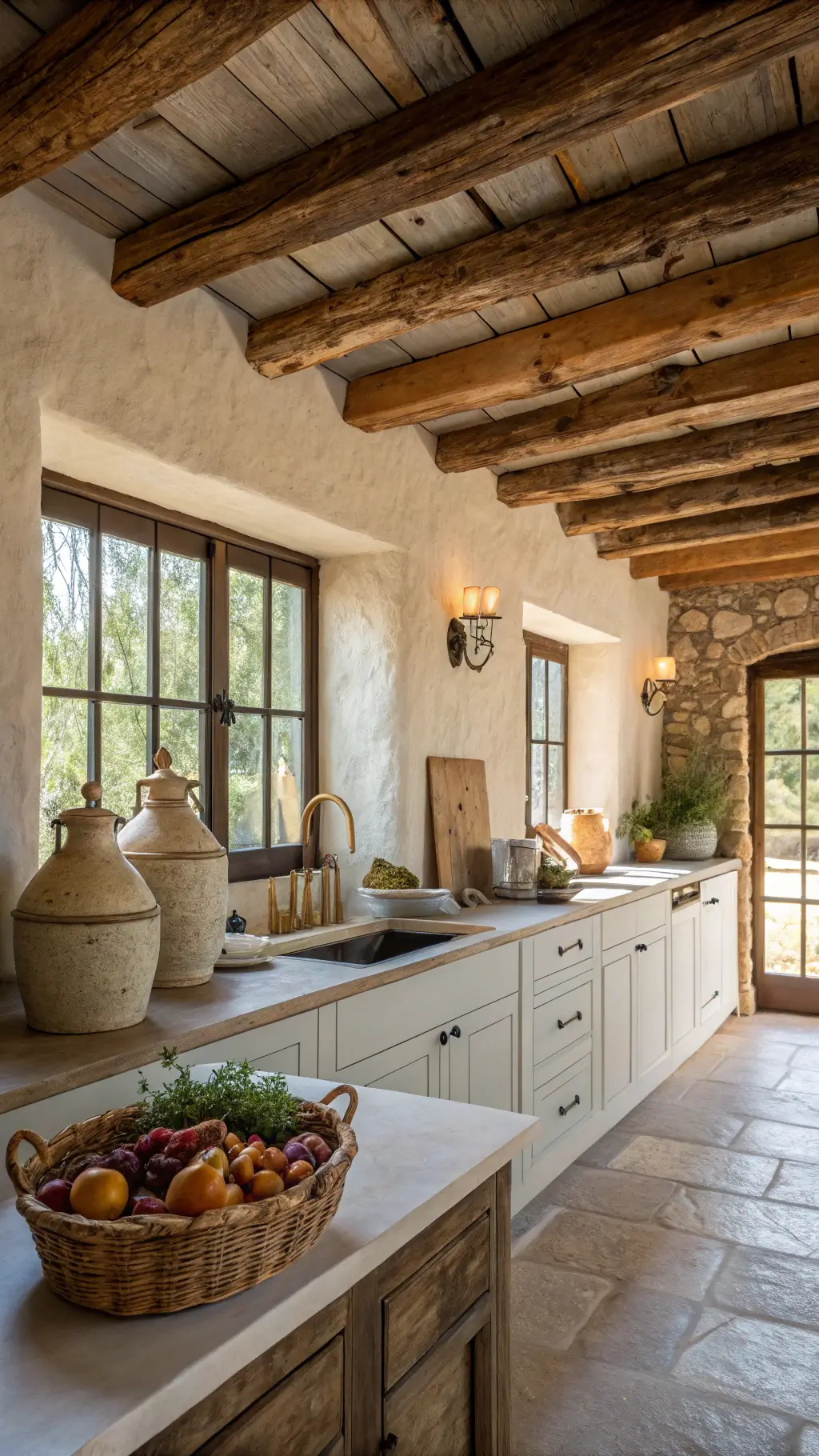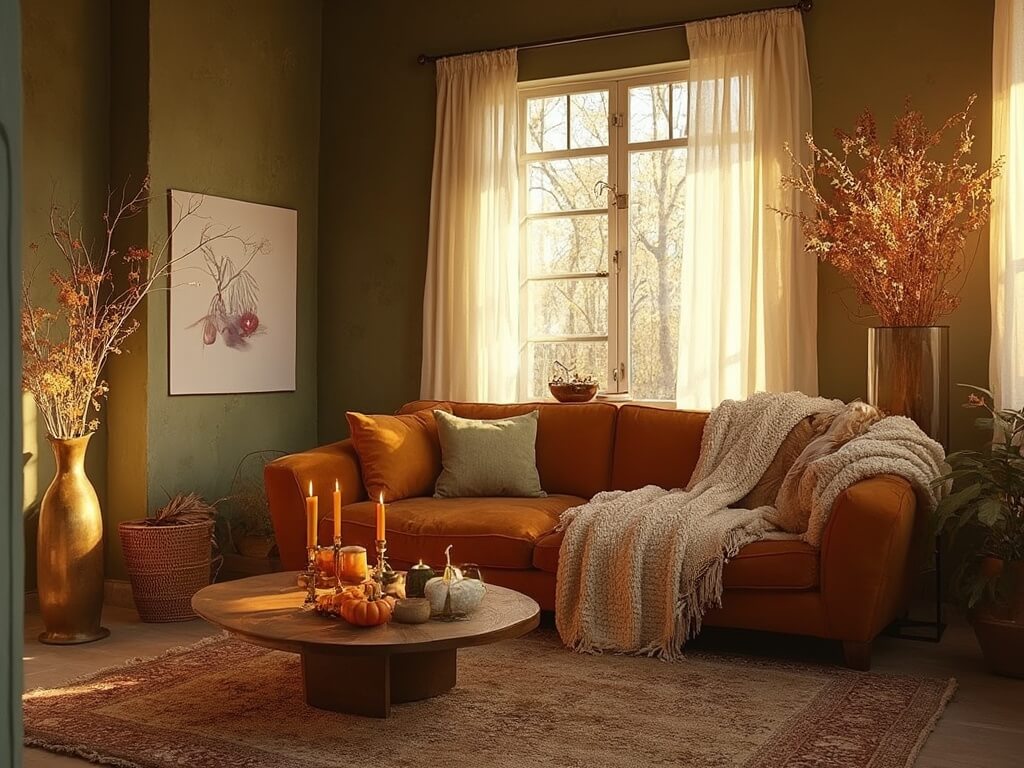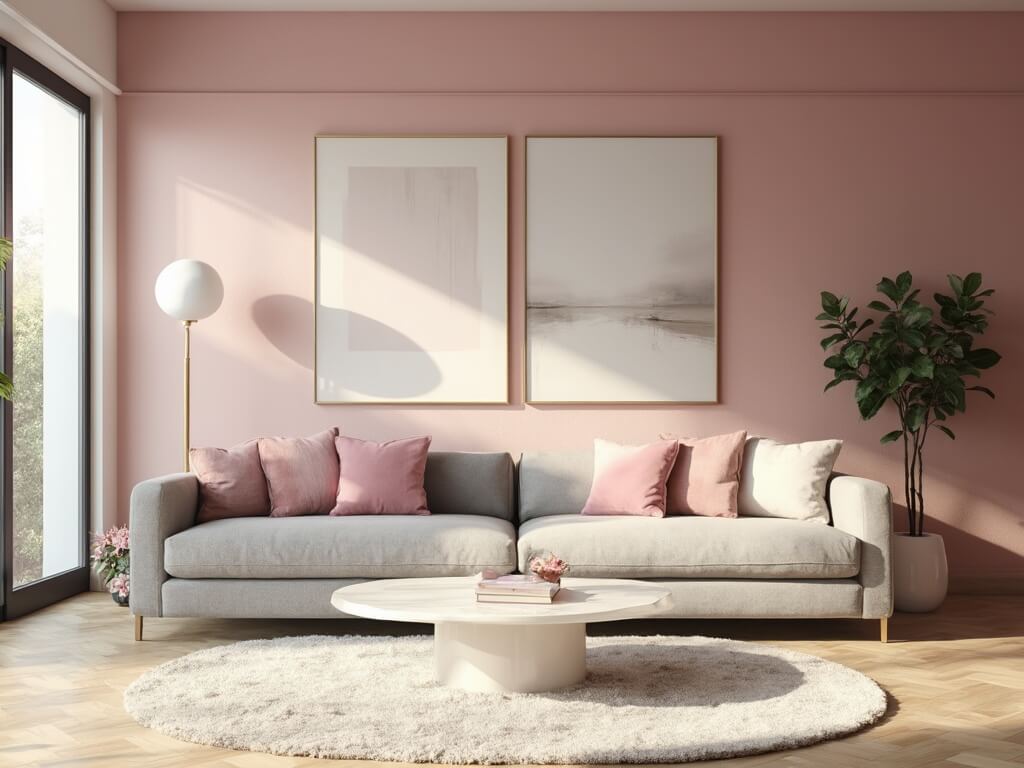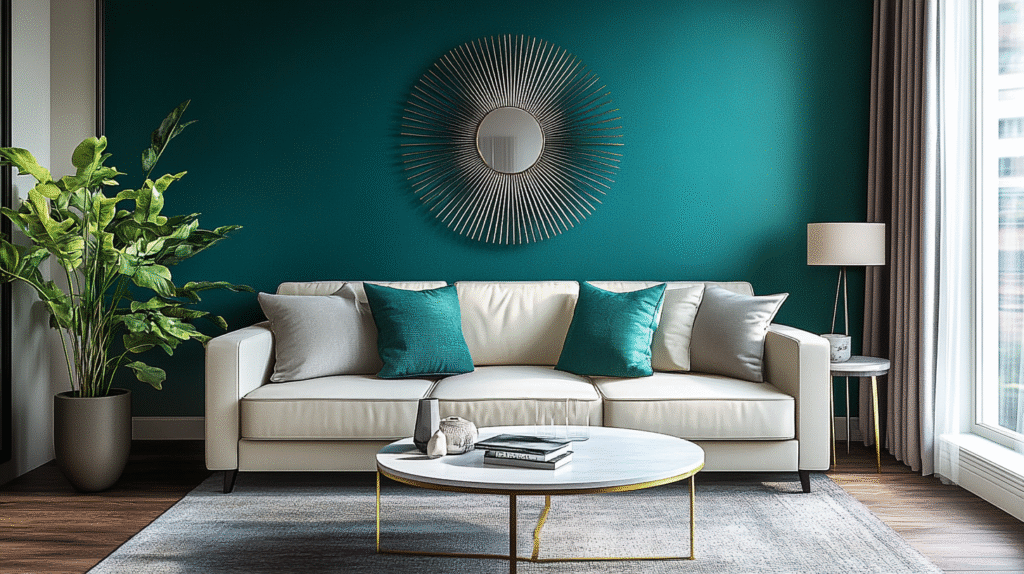Understanding the Wabi-Sabi Kitchen Aesthetic
Have you ever walked into a kitchen that feels instantly calming, authentic, and deeply personal? That’s the magic of a wabi-sabi kitchen – a design approach that turns imperfections into poetry and celebrates the beauty of natural, lived-in spaces.
What Makes a Wabi-Sabi Kitchen Unique?
Key Characteristics:
- Celebrates imperfection as a form of beauty
- Embraces natural, organic materials
- Focuses on simplicity and authenticity
- Creates a sense of calm and tranquility
Essential Elements of Wabi-Sabi Kitchen Design
Color Palette: Nature’s Soft Whispers
Ideal Color Choices:
- Soft earth tones
- Muted greens
- Warm beiges
- Gentle greys
- Terracotta accents
Materials: The Heart of Wabi-Sabi
Signature Materials:
- Reclaimed wood
- Natural stone
- Hand-thrown ceramics
- Unpolished metals
- Linen textiles
- Bamboo accents
Bringing Wabi-Sabi to Life: Practical Tips
Styling Your Space
Must-Have Elements:
- Open shelving with handmade ceramics
- Weathered wooden surfaces
- Minimalist cookware
- Natural textiles
- Imperfect pottery pieces
Pro Styling Strategies:
- Embrace negative space
- Layer natural textures
- Use minimal, purposeful accessories
- Allow each piece to tell a story
Budget-Friendly Transformation
Quick Wabi-Sabi Upgrades:
- Repaint cabinets in earthy tones
- Add open shelving
- Display handmade ceramics
- Incorporate natural wood elements
- Use vintage or thrifted accessories
Creating Your Perfect Wabi-Sabi Kitchen
Practical Approach
Step-by-Step Guide:
- Declutter your existing space
- Choose a restrained color palette
- Select natural, textured materials
- Add meaningful, imperfect accessories
- Allow space for personal touches
Seasonal Refresh Ideas
Easy Seasonal Updates:
- Change table linens
- Add foraged branches
- Rotate ceramic pieces
- Introduce seasonal herbs
- Update small decorative elements
Common Mistakes to Avoid
Wabi-Sabi No-Nos:
- Overcrowding the space
- Using too many perfect, mass-produced items
- Ignoring natural textures
- Choosing overly bright or artificial colors
- Removing all personality from the space
Final Thoughts
A wabi-sabi kitchen is more than a design trend – it’s a philosophy of living. It’s about creating a space that breathes, tells a story, and connects you to the natural world.
Quick Takeaways:
- Embrace imperfection
- Choose natural materials
- Create calm through simplicity
- Let your space tell your story
Inspiration Sources
- Japanese design principles
- Minimalist lifestyle blogs
- Nature-inspired interiors
- Slow living movements
Remember: Your kitchen is not just a cooking space – it’s a sanctuary of creativity, memories, and personal expression.

